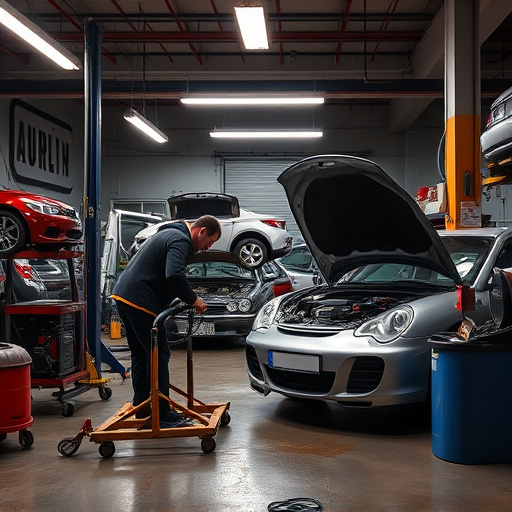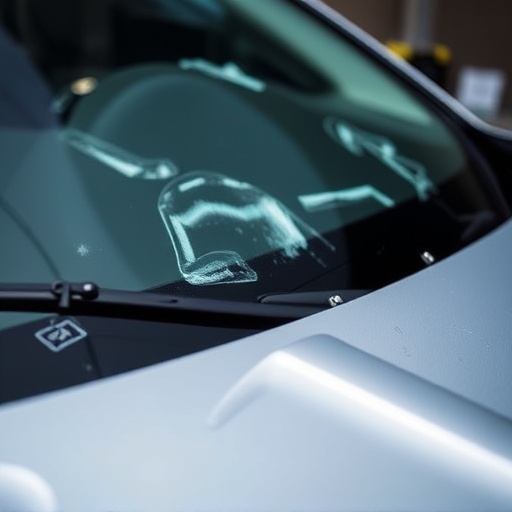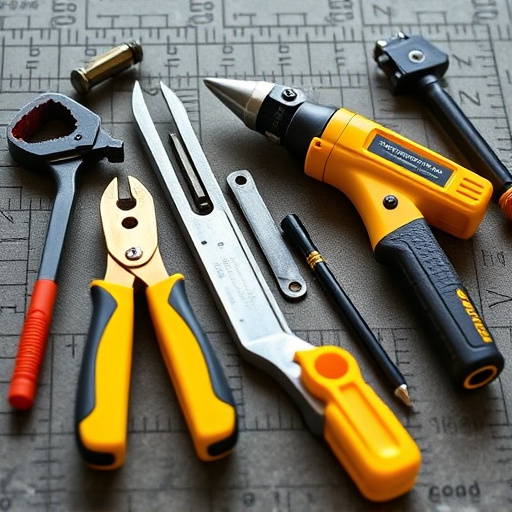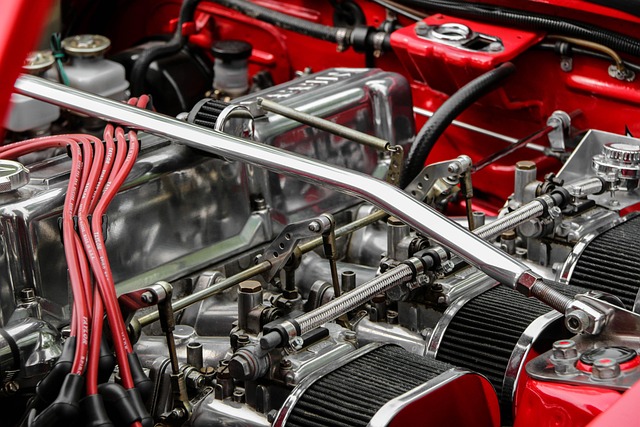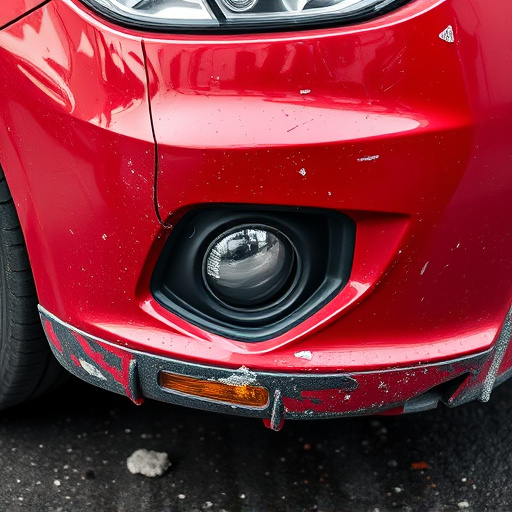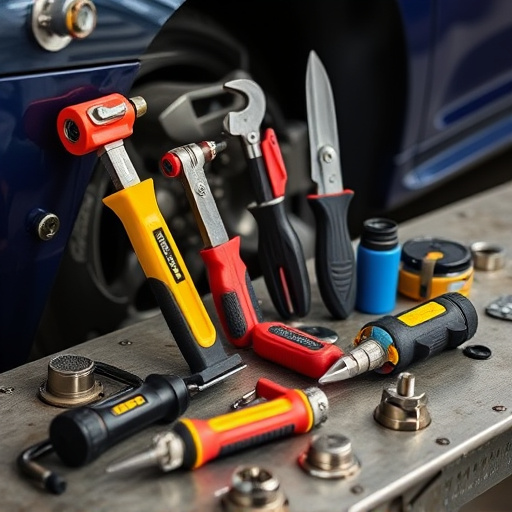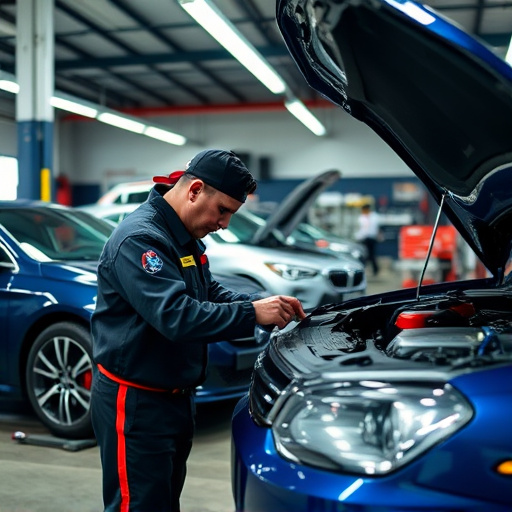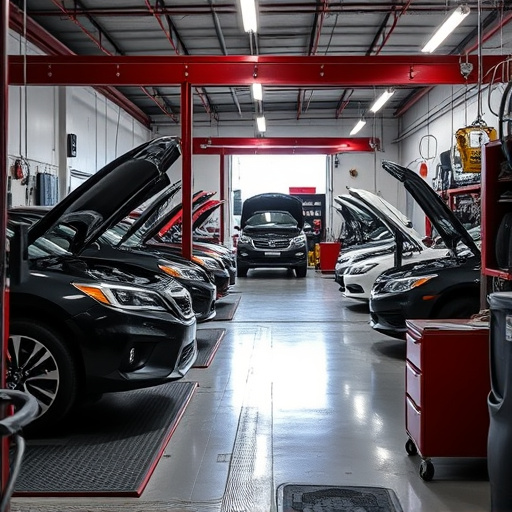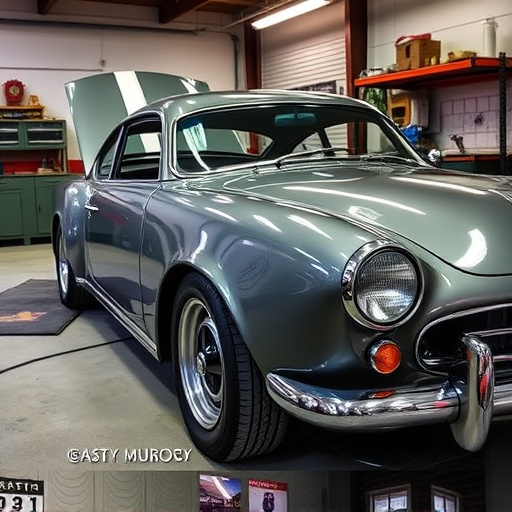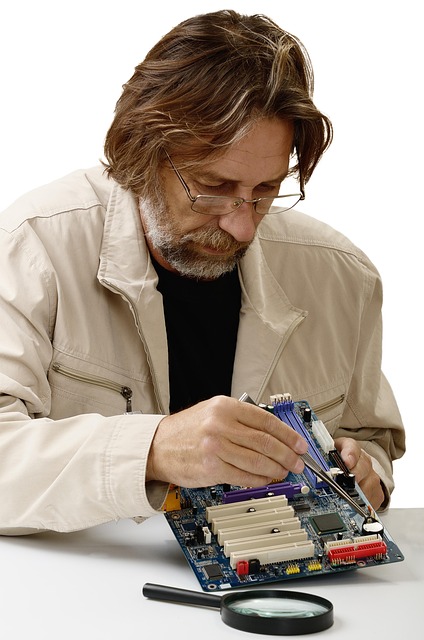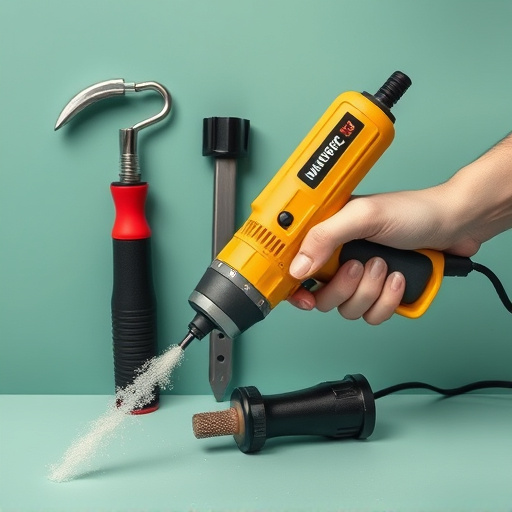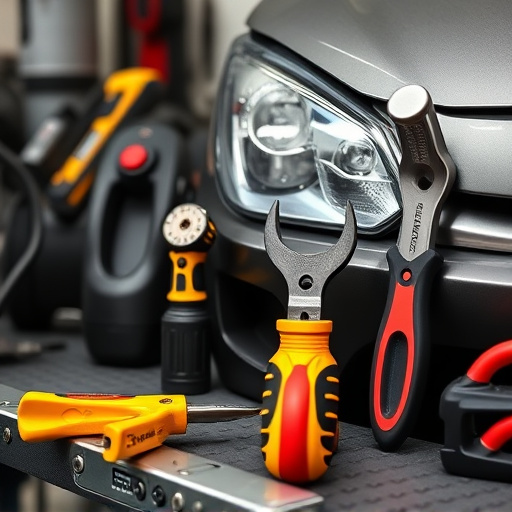Heat shields protect vehicle components from extreme heat, extending part lifespan and enhancing safety during accidents. Regular inspections are crucial for detecting wear and damage, as even minor issues can affect performance and value. When replacing heat shields, ensure compatibility with your vehicle model, prioritize quality from reputable manufacturers, and compare prices to find the best value without compromising durability.
Keep your vehicle running cool with a heat shield replacement! Whether you drive a classic or modern ride, these components play a vital role in protecting your engine from overheating. This article guides you through understanding heat shields, identifying wear and damage, and choosing the right replacement for your specific needs. Learn essential tips for purchasing, ensuring optimal performance and longevity for your vehicle.
- Understanding Heat Shields: Their Role and Benefits
- Identifying Wear and Damage: Common Issues
- Choosing the Right Replacement: Tips for Purchase
Understanding Heat Shields: Their Role and Benefits
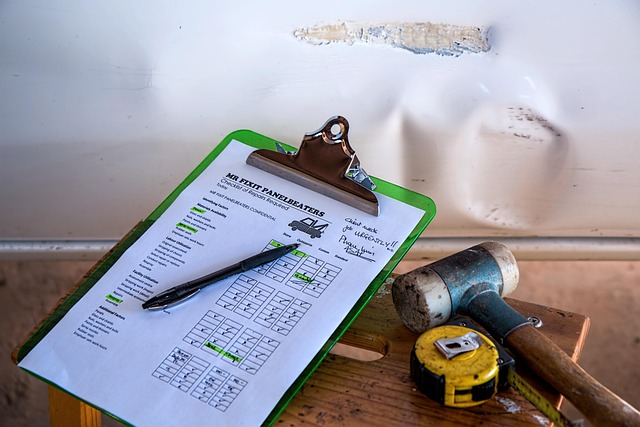
Heat shields are essential components in both classic and modern vehicles, acting as a barrier between the engine bay and other sensitive areas. Their primary role is to deflect heat away from adjacent components, preventing damage caused by excessive temperatures. This is particularly crucial in cars with high-performance engines or those that frequently encounter extreme driving conditions, such as off-road adventures or heavy traffic.
By effectively managing heat distribution, heat shields offer numerous benefits for auto body repair and automotive repair services. They help prolong the lifespan of various parts, including exhaust systems, radiators, and electrical components, reducing the need for frequent replacements due to heat-related damage. In the event of a fender bender or collision, well-maintained heat shields can also contribute to minimizing secondary damage by maintaining the structural integrity of the engine compartment.
Identifying Wear and Damage: Common Issues
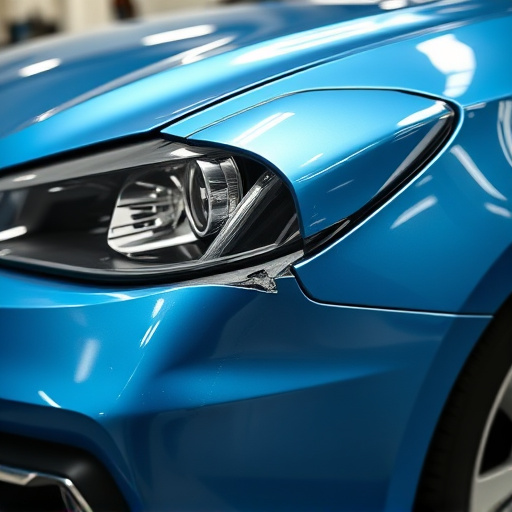
Over time, heat shields on vehicles take a beating from various factors like road debris, extreme temperatures, and daily use. Identifying wear and damage early is crucial for effective heat shield replacement. Common issues include cracks, dents, and discoloration, which can indicate compromise in structural integrity. Cracks, for instance, may appear as fine lines or broad splits, often triggered by thermal stress or impact damage.
In the case of Mercedes Benz repair or other car body restoration projects, paying attention to these signs is vital. Even minor damage can lead to more significant problems over time, affecting not just the heat shield’s ability to protect but also the overall aesthetics and value of the vehicle. Car bodywork experts recommend regular inspections to catch potential issues early, ensuring a smoother and safer driving experience.
Choosing the Right Replacement: Tips for Purchase
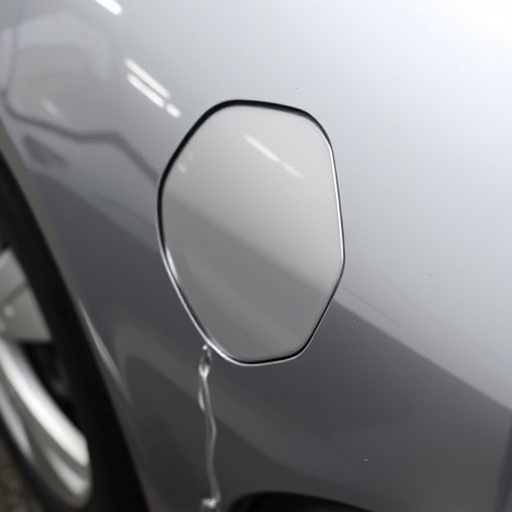
When it comes to purchasing a heat shield replacement, there are several key factors to consider. First and foremost, ensure that the new heat shield is compatible with your specific vehicle model, as different cars have unique design requirements. A quick check of your vehicle’s make, model, and year will help you narrow down options significantly.
Next, assess the quality of the replacement part. Opt for a product from reputable manufacturers known for their durable materials and precise engineering. High-quality heat shields not only offer better protection but also have a longer lifespan, making them a worthwhile investment. Additionally, comparing prices across various auto body services can help you find the best value without compromising on quality. Remember, a well-fitted, robust heat shield is vital to maintaining your vehicle’s performance and aesthetics, especially when coupled with expert frame straightening and vehicle paint repair services.
Heat shield replacement is not just a task, it’s an investment in your vehicle’s longevity. By understanding the vital role these shields play in protecting against excessive heat and corrosion, you can make informed decisions when choosing replacements. Regularly inspecting them for wear and damage, as outlined in this article, will help ensure optimal performance and safety. Remember, a quality heat shield replacement can significantly extend the life of your vehicle’s engine and other components, making it an essential maintenance step not to be overlooked.
